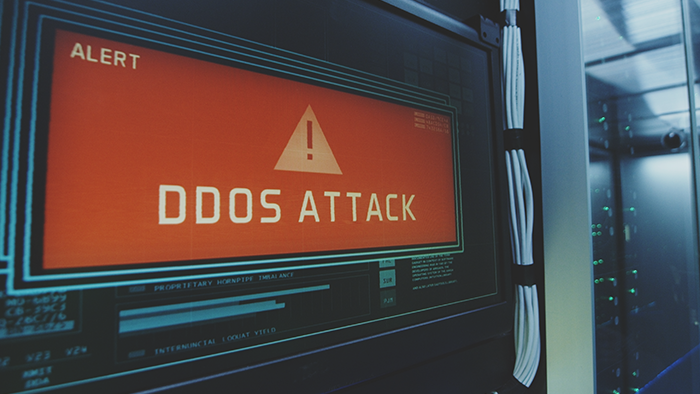Did you know that your computer manufacturer may include life threatening components. Findings show 80% of fake chips come from old electronics not disposed of properly.
RELATED: These Microsoft features may damage PCs
Dive in as this as report exposes the underbelly of the counterfeit hardware market and give you tips to identify genuine parts, ensuring your devices are safe and secure.
Study Warns 80% of PCs are Compromised Internally
A startling 80% of global computers could be compromised, not by email scams or nefarious hackers, but by something much more sinister lurking within the very hardware itself—counterfeit parts. A recent survey shows these bogus components may come preloaded with malware, an unseen threat that could wreak havoc on a system, and by extension, its data. This article aims to unravel the dark world of the counterfeit hardware market and offer guidance on discerning genuine parts from fakes, helping you keep your devices secure.
The Counterfeit Culprit
Counterfeit hardware represents a critical threat to individual and corporate cybersecurity. Parts that seem innocuous and genuine may carry hidden malicious software programs—malware—that can silently steal information, damage systems, or allow unauthorized access to networks.
Geonode Technology Expert Josh Gordon states, “Counterfeit hardware is cybercrime’s Trojan horse. By integrating malware into the very fabric of a system, cybercriminals can bypass many security defenses unnoticed, opening a back door to your most vulnerable data.”
Guileful Gigabytes: Identify the Fakes
Knowing the enemy is half the battle. Here are some tips to identify counterfeit parts in your computer:
- Quality and Craftsmanship: Genuine parts are typically high-quality products. Counterfeit components often show poor craftsmanship, with visibly low-quality materials and may have misspellings, inconsistent fonts, or incorrect logos.
- Price: If a deal seems too good to be true, it likely is. Genuine parts from trusted manufacturers carry heftier price tags due to the cost of design, materials, and rigorous testing.
- Documentation: Genuine parts come with proper documentation such as guarantees, invoices, and certification of origin. Counterfeit products often lack such support, providing vague or missing documents.
Play Defense: Secure Your Devices
Once you’ve identified the counterfeit culprit, it’s time to take the necessary steps to ensure your devices’ safety and security.
- Purchase Wisely: Buy hardware from trusted retailers and suppliers. Check for certification or authorized reseller status with prominent manufacturers.
- Run Routine Checks: Regularly use software like antiviruses, authenticator apps, or firmware verification to scan your system for hidden threats.
- Report Suspected Counterfeits: If you suspect a counterfeit, inform the appropriate local authority. Reporting helps fight the counterfeit market and prevents others from falling prey to it.
Geonode‘s Josh Gordon advises, “Being proactive in identifying and mitigating risks is the hallmark of effective cybersecurity.”
Counterfeit Awareness: Knowledge is Power
In a landscape where one in four computers might be compromised, knowing how to identify counterfeit parts and how to mitigate their risks are invaluable skills. The fight against this hardware hoax is ongoing, but with awareness, vigilance, and astute purchasing, we can ensure our devices remain secure and cyber threats contained. As Josh Gordon insightfully mentions, “In the game of chess that is cybersecurity, every player must be a king.” So, go ahead, arm yourself with knowledge and rule the cyber realm.
Credit: https://geonode.com/

































